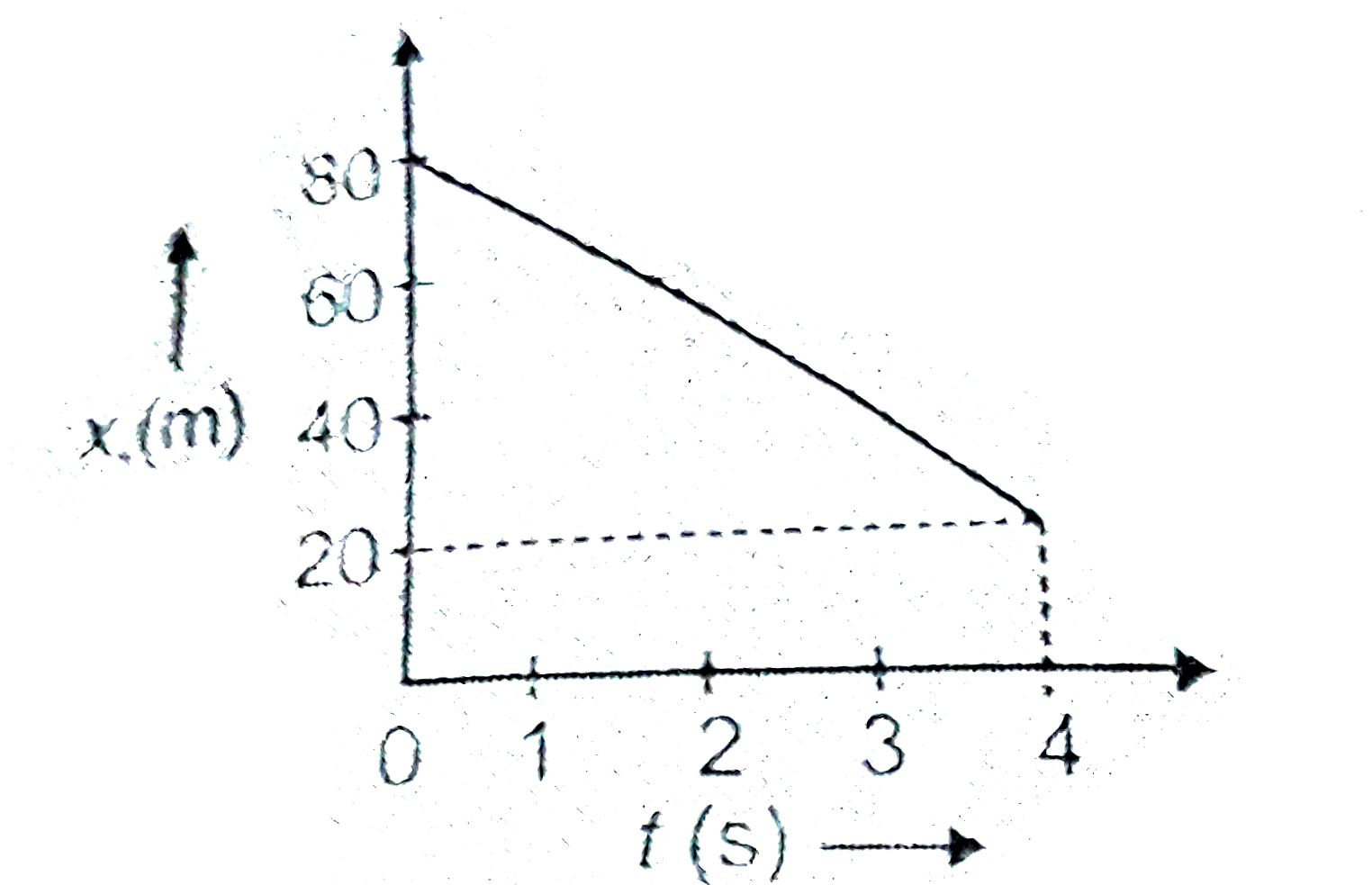A : Acceleration of an object in uniform motion is zero.
R : No force is required to move an object uniformly
If both Assertion & Reason are true and the reason is the correct explanation of the assertion
If both Assertion & Reason are true but the reason is not the correct explanation of the assertion
If Assertion is true statement but Reason is false
If both Assertion and Reason are false statements
To solve the question, we need to analyze both the assertion (A) and the reason (R) given in the statement.
Step 1: Understand the Assertion
The assertion states that "the acceleration of an object in uniform motion is zero."
- Explanation: Uniform motion means that the object is moving with a constant velocity. Since acceleration is defined as the rate of change of velocity, if the velocity is constant (not changing), then the acceleration must indeed be zero.
Step 2: Understand the Reason
The reason states that "no force is required to move an object uniformly."
- Explanation: According to Newton's First Law of Motion, an object will remain at rest or in uniform motion unless acted upon by a net external force. If an object is moving uniformly (constant velocity), it implies that there is no net force acting on it. Therefore, no additional force is required to maintain that uniform motion.
Step 3: Connect the Assertion and Reason
Now, we need to connect the assertion and the reason to determine if both are correct and if the reason supports the assertion.
- The assertion is correct: An object in uniform motion has zero acceleration.
- The reason is also correct: No force is required to maintain uniform motion, which aligns with the concept that if there is no net force, the acceleration is zero.
Step 4: Conclusion
Both the assertion and the reason are correct, and the reason accurately explains the assertion. Therefore, the correct conclusion is that both A and R are true, and R is the correct explanation of A.
Final Answer
Both the assertion and the reason are correct, and the reason is the correct explanation for the assertion.
---
The assertion states that "the acceleration of an object in uniform motion is zero."
The reason states that "no force is required to move an object uniformly."
Now, we need to connect the assertion and the reason to determine if both are correct and if the reason supports the assertion.
- The reason is also correct: No force is required to maintain uniform motion, which aligns with the concept that if there is no net force, the acceleration is zero.
Both the assertion and the reason are correct, and the reason accurately explains the assertion. Therefore, the correct conclusion is that both A and R are true, and R is the correct explanation of A.
Both the assertion and the reason are correct, and the reason is the correct explanation for the assertion.
Topper's Solved these Questions
- LAWS OF MOTIONBOOK - AAKASH INSTITUTECHAPTER - LAWS OF MOTIONEXERCISE - Assignment (SECTION-C)
63 Videos
- KINETIC THEORYBOOK - AAKASH INSTITUTECHAPTER - KINETIC THEORYEXERCISE - EXERCISE (ASSIGNMENT) SECTION - D Assertion - Reason Type Questions
10 Videos
- MAGNETISM AND MATTER BOOK - AAKASH INSTITUTECHAPTER - MAGNETISM AND MATTER EXERCISE - ASSIGNMENT (SECTION D)
26 Videos
Similar Questions
Knowledge Check
Assertion : Linear momentum of a body changes even when it is moving uniformly in a circle.
Reason : Force required to move a body uniformly along a straight line is zero.AIf both assertion and reason are true and the reason is the correct explanation of the assertionBIf both assertion and reason are true but reason is not the correct explanation of the assertionCIf assertion is true but reason is false.DIf the assertion and reason both are false.The acceleration of an object moving in a circle of radius R with uniform speed v is
Av2RBv22RC2v2RD3v22RAssertion : Linear momentum of a body changes even when it is moving uniformly in a circle.
Reason : Force required to move a body uniformly along a straight line is zero.AIF both assertion and reason are true and reason is the correct explanation of assertionBIf both assertion and reason are true but reason is not the correct explanation of assertionCIf assertion is true but reason is falseDIf assertion is false but reason is true
If the acceleration of an object is not zero, its speed must be changing .
View SolutionThe position-time (x-t) graph of an object in uniform motion is shown below. Calculate the velocity with which the object is moving.

View SolutionThe acceleration of an object moving with speed v in a circle of radius r is
View SolutionVelocity time graph of an object of mass 2kg is shown in figure. The force required to move the object for first four seconds is

View SolutionDisplacement time graph of an object of mass 2kg is shown in figure. The force required to move the object for first four seconds is

View Solution
